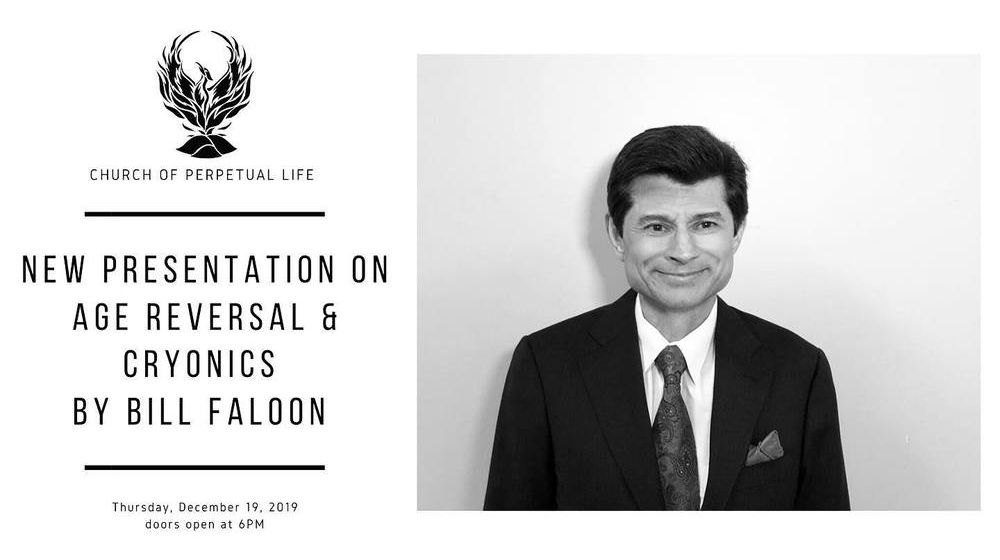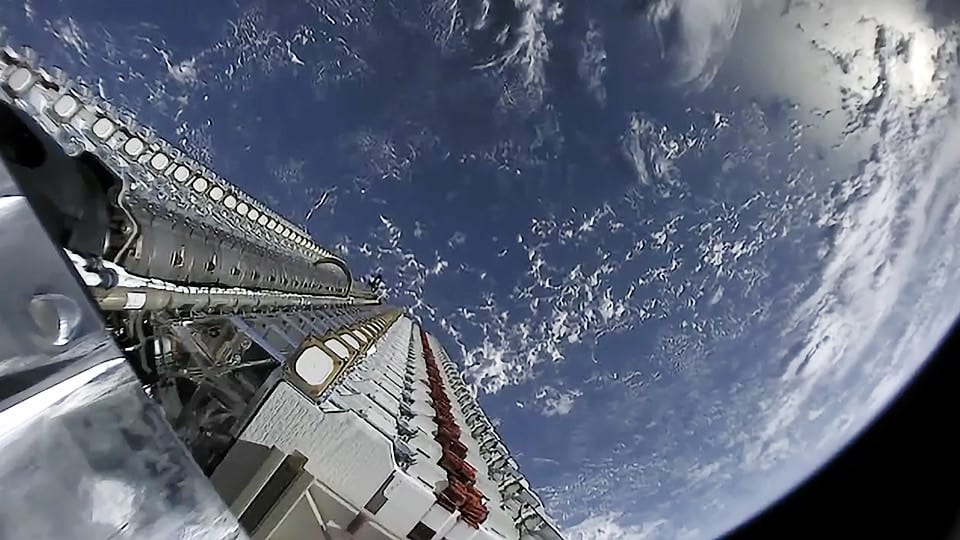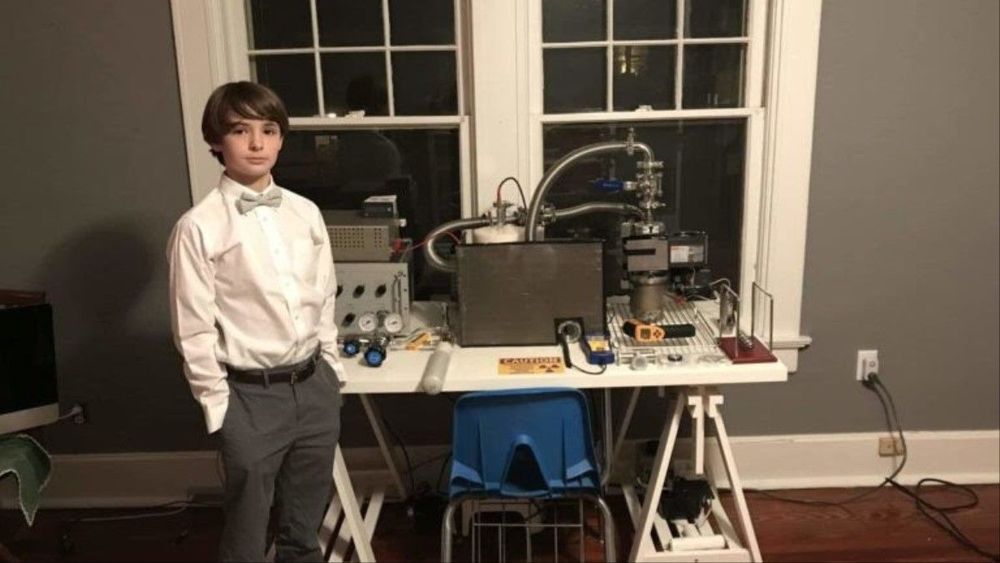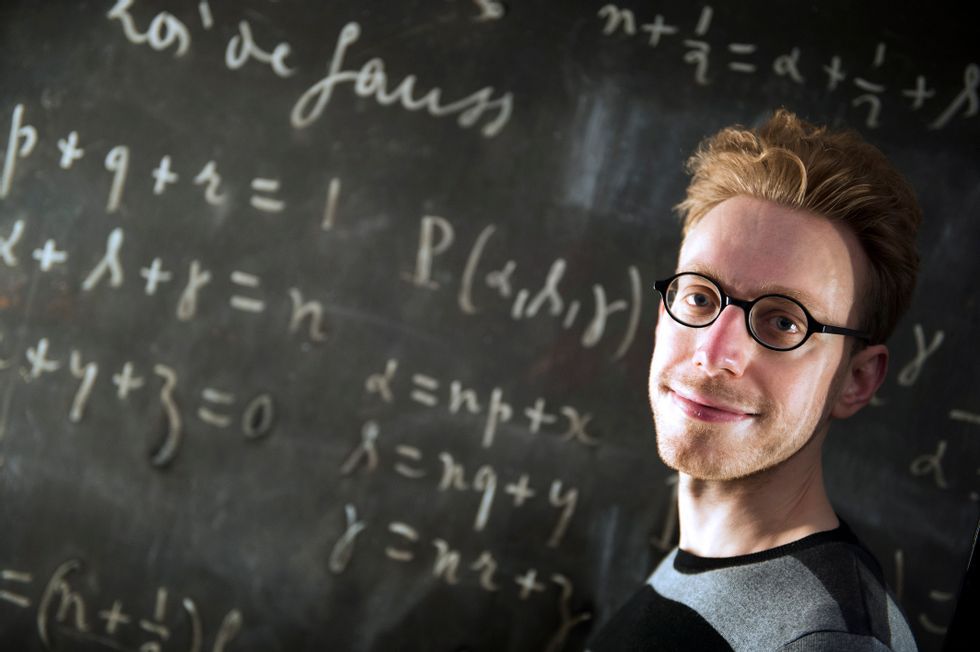Page 8107
Dec 15, 2019
Why the Many-Worlds Interpretation of Quantum Mechanics Has Many Problems
Posted by Paul Battista in category: quantum physics
The idea that the universe splits into multiple realities with every measurement has become an increasingly popular proposed solution to the mysteries of quantum mechanics. But this “many-worlds interpretation” is incoherent, Philip Ball argues in this adapted excerpt from his new book Beyond Weird.
Dec 15, 2019
Briefing of the Longevity World Forum in Valencia, Spain (Nov 2019)
Posted by Paul Battista in category: life extension

Liz Parrish in Spanish is still good… AEWR.
Briefing of the highlights of second day (Nov 15, 2019) at the Longevity World Forum that took place in Valencia, Spain.
Continue reading “Briefing of the Longevity World Forum in Valencia, Spain (Nov 2019)” »
Dec 15, 2019
Join us on Thursday, December 19th at 7PM (our doors will open at 6 PM)!
Posted by Paul Battista in categories: cryonics, life extension, singularity
We will have a New Presentation on Age Reversal and Cryonics by Bill Faloon. 🤩 😎
Come early and enjoy snacks and conversation and stay afterward as we have a delicious 5-star dinner reception for Bill Faloon.
Before and after the service we will enjoy tasty food and interesting discussions on Age Reversal, Cryonics, Singularity and other topics of interest for all Immortalists.
Dec 15, 2019
Google’s AI Chief Wants to Do More With Less (Data)
Posted by Genevieve Klien in category: robotics/AI
Jeff Dean says the company is trying to build systems that have general smarts, rather than highly specialized intelligence.
Dec 15, 2019
Science Saturday: Mayo Clinic advances pain management beyond opioids
Posted by Genevieve Klien in categories: biotech/medical, health, science
The National Institutes of Health (NIH) estimates that in 2018, over 10 million teens and adults misused opioids. The prescription of opioids to treat patient pain is one of many factors contributing to this epidemic; to solve it, a multipronged approach is needed.
Two new Mayo Clinic studies — one in clinical practice and one in the laboratory — could offer new solutions to help patients manage pain without the use of opioids. These projects have been singled out for federal funding under the NIH’s Helping to End Addiction Long-Term (HEAL) Initiative, a multimillion dollar, multiorganizational approach to providing pain-treatment alternatives and turning the tide on the opioid crisis.
“Opioids remain one part of the continuum of pain treatment,” says Andrea Cheville, M.D., a rehabilitation physician at Mayo and member of the National Academy of Medicine. “There are other options that work as well, or better in some cases, with fewer risks. Our new research mirrors a broad Mayo priority — finding the safest, most effective way to help our patients manage acute or chronic pain.”
Dec 15, 2019
European Space Agency To Launch Craft to Grab Space Debris
Posted by Genevieve Klien in categories: robotics/AI, satellites
The European Space Agency (ESA) is launching the first mission to remove a piece of space debris, set for 2025. The ClearSpace-1 mission will collect a piece of the Vespa (Vega Secondary Payload Adapter) second stage which was left by an ESA mission in 2013, which weighs approximately 100 grams and is the size of a small satellite.
The ESA selected a Swiss startup called ClearSpace to lead the mission. “This is the right time for such a mission,” Luc Piguet, founder and CEO of ClearSpace, said in a statement. “The space debris issue is more pressing than ever before. Today we have nearly 2000 live satellites in space and more than 3000 failed ones. And in the coming years, the number of satellites will increase by an order of magnitude, with multiple mega-constellations made up of hundreds or even thousands of satellites planned for low Earth orbit to deliver wide-coverage, low-latency telecommunications and monitoring services. The need is clear for a ‘tow truck’ to remove failed satellites from this highly trafficked region.”
The problem of space debris is becoming increasingly urgent, with more and more potentially hazardous objects in orbit around the planet, some at extremely high speeds. Debris can pose a risk to manned missions and the International Space Station as well as satellites and other unmanned missions.
Dec 15, 2019
Why in the next decade companies will launch thousands more satellites than in all of history
Posted by Genevieve Klien in categories: internet, satellites
SpaceX, OneWeb, Amazon and more have plans to launch tens of thousands of internet satellites in the next decade.
Dec 15, 2019
A Child Explains Why He Built a Nuclear Reactor in His Playroom
Posted by Quinn Sena in categories: nuclear energy, physics
“Jackson is a smart guy and probably under-appreciates that about himself,” said his dad.
He’s onto planning his next reactor using the spherical tokamak method, which traps energy differently than the reactor that he’s already built. He’s also decided that he wants to pursue nuclear physics as a career because he thinks he’ll be the one to make a fusion reactor that is actually efficient.
“He certainly has a head start,” said his dad.

















